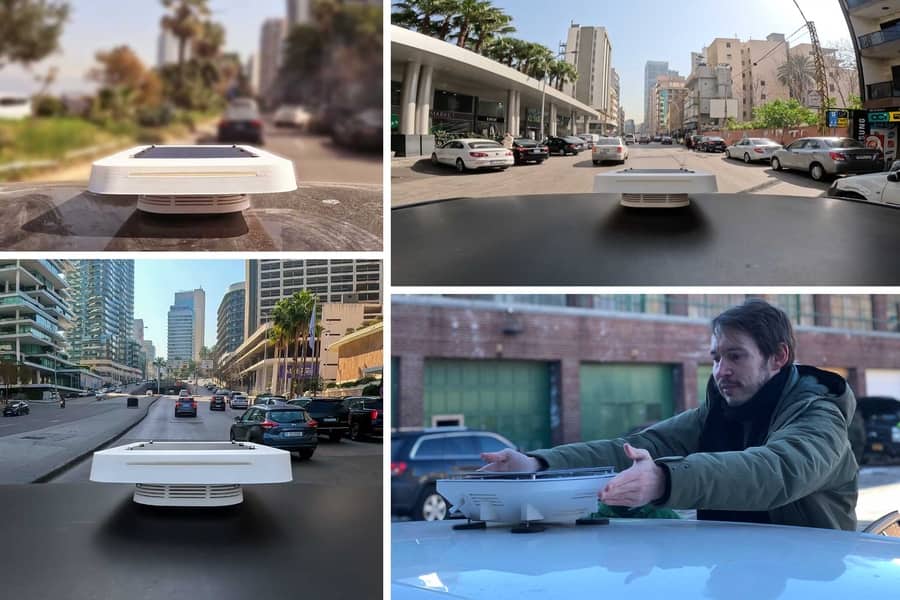A team of researchers at MIT have launched an open-source version of a cheap mobile pollution detector that could allow people to track air quality more easily. The detector, called Flatburn, can be made with 3D printing or by ordering inexpensive parts and is already being tested by the research team in New York City and Boston.

Most air pollution is created by us in the form of emissions from planes, cars, and factories, among other sources. These are called anthropogenic sources. Some types of air pollution also occur naturally, such as smoke from wildfires. Around four million annual premature deaths around the world are caused by air pollution.
Measuring local air pollution is a very important step to start addressing the problem. While many low-cost sensors have been recently developed, their use in low-income countries is still limited and they have issues to solve regarding data quality. With this in mind, the researchers decided to try their own version of a cheap mobile sensor.
“The goal is for community groups or individual citizens anywhere to be able to measure local air pollution, identify its sources, and, ideally, create feedback loops with officials and stakeholders to create cleaner conditions,” Carlo Ratti, director of MIT’s Senseable City Lab, a multidisciplinary research group, said in a statement.
The new device
The researchers started working on a prototype for the air pollution detector back in 2017, originally planning to deploy it on garbage trucks in Cambridge, Massachusetts. The detector is battery-powered and rechargeable, either from a solar panel or power sources. The data is stored on a card in the device that can be accessed remotely.
They tested the device in New York City and the Boston area, comparing their performance with already-working pollution systems. They measured concentrations of fine particulate matter – very small particles linked with burning matter – and nitrogen dioxide over an area of 10 meters. And the results were very optimistic.
They tested the device in New York City and the Boston area, comparing their performance with already-working pollution systems. They measured concentrations of fine particulate matter – very small particles linked with burning things- and nitrogen dioxide over an area of 10 meters. And the results were very encouraging.
The researchers found that the device in a mobile setting — on top of vehicles — has an operating life of six months. Other potential issues include aging, the deterioration of the physical condition of the device, and drift, which is the gradual changing of the detector’s reading accuracy over time. Still, the team is confident the device works well, providing guidance for its use.
“Hopefully with the release of the open-source Flatburn we can get grassroots groups, as well as communities in less developed countries, to follow our approach and build and share knowledge,” Wang sid in a statement.
The study was published in the journal Atmospheric Environment.









